With the rise of teleworking, many workers find themselves faced with a major challenge: the lack of natural light. While it is true that working from home offers some flexibility, it is also necessary to take into account the potential impacts on health. One of the most notable is the decrease in exposure to natural light, which can disrupt our biological rhythms and affect our overall well-being.
The importance of natural light
Our bodies evolved to respond to sunlight. This natural light helps regulate our circadian clock, an internal clock that controls a variety of bodily functions, including sleep, wakefulness and energy levels. When we are exposed to natural light during the day, our bodies produce cortisol, a hormone that helps us stay alert and focused. Conversely, when natural light decreases in the evening, our body produces melatonin, a hormone that promotes sleep.
The challenge of teleworking
When we work from home, especially in winter or in places with little natural light, we may lack this essential exposure to daylight. This can disrupt our circadian clock, leading to a variety of health problems such as fatigue, mood disorders, and decreased cognitive performance. Additionally, lack of natural light can also impact our vision, as artificial light can cause visual fatigue and contribute to the deterioration of our eyesight.
Facing the challenge
Finding ways to compensate for the lack of natural light when working from home is crucial. This might involve taking regular breaks to go outside, setting up your workspace near a window, or using lamps that mimic daylight.
Ultimately, although working remotely presents its own challenges, it is entirely possible to create a work-from-home environment that supports our well-being and productivity. By being aware of the importance of natural light and taking steps to maximize our exposure to it, we can help maintain our circadian rhythm, improve our health and optimize our performance at work.





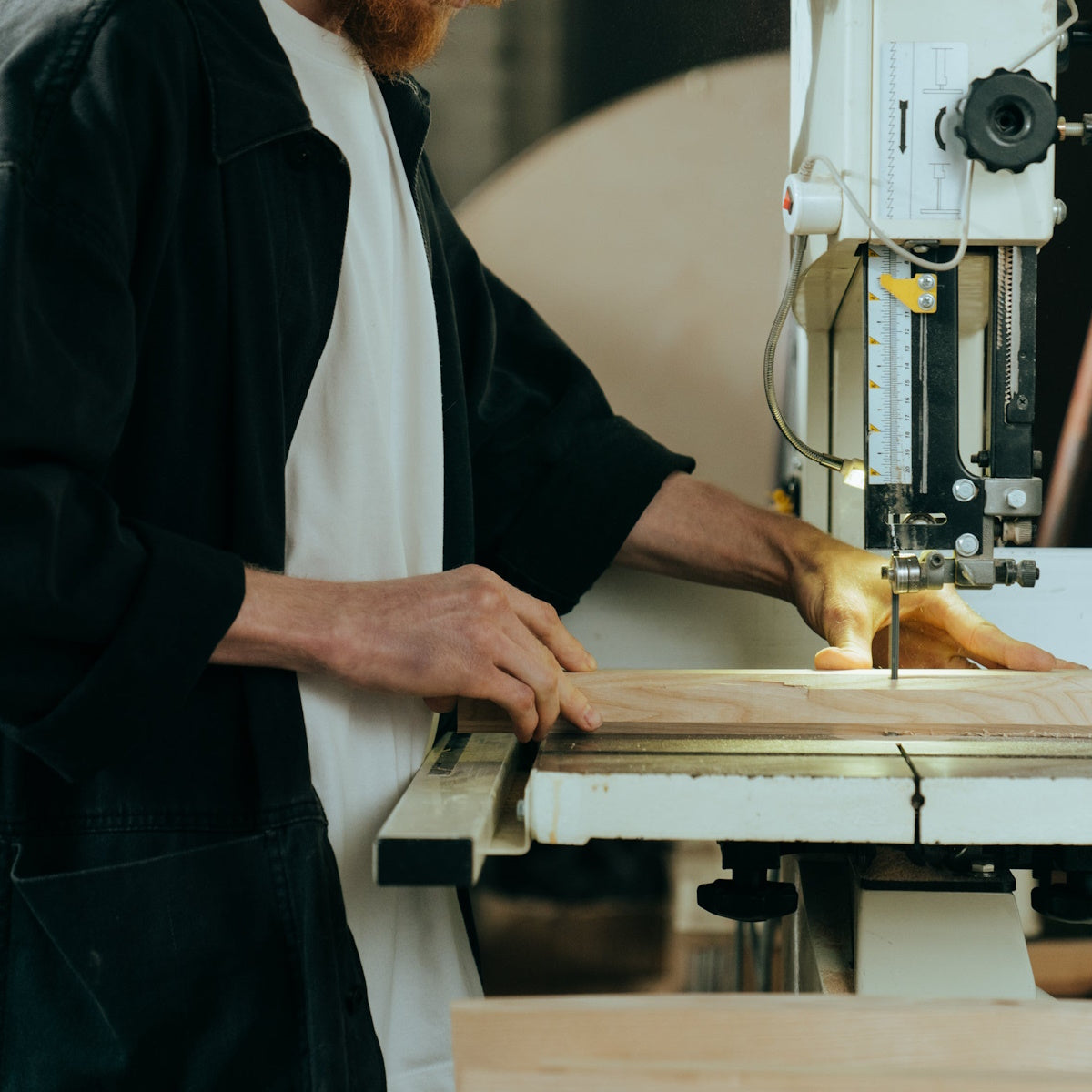






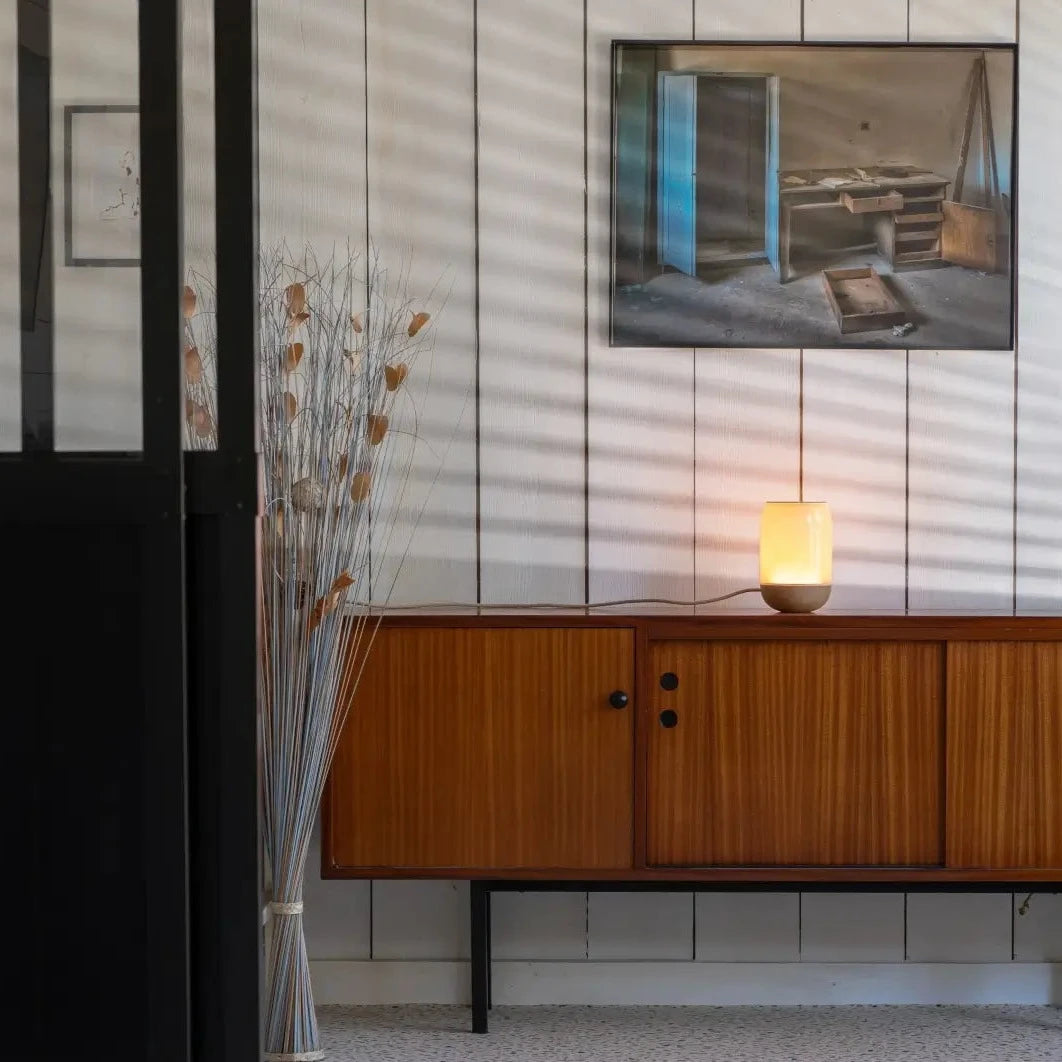
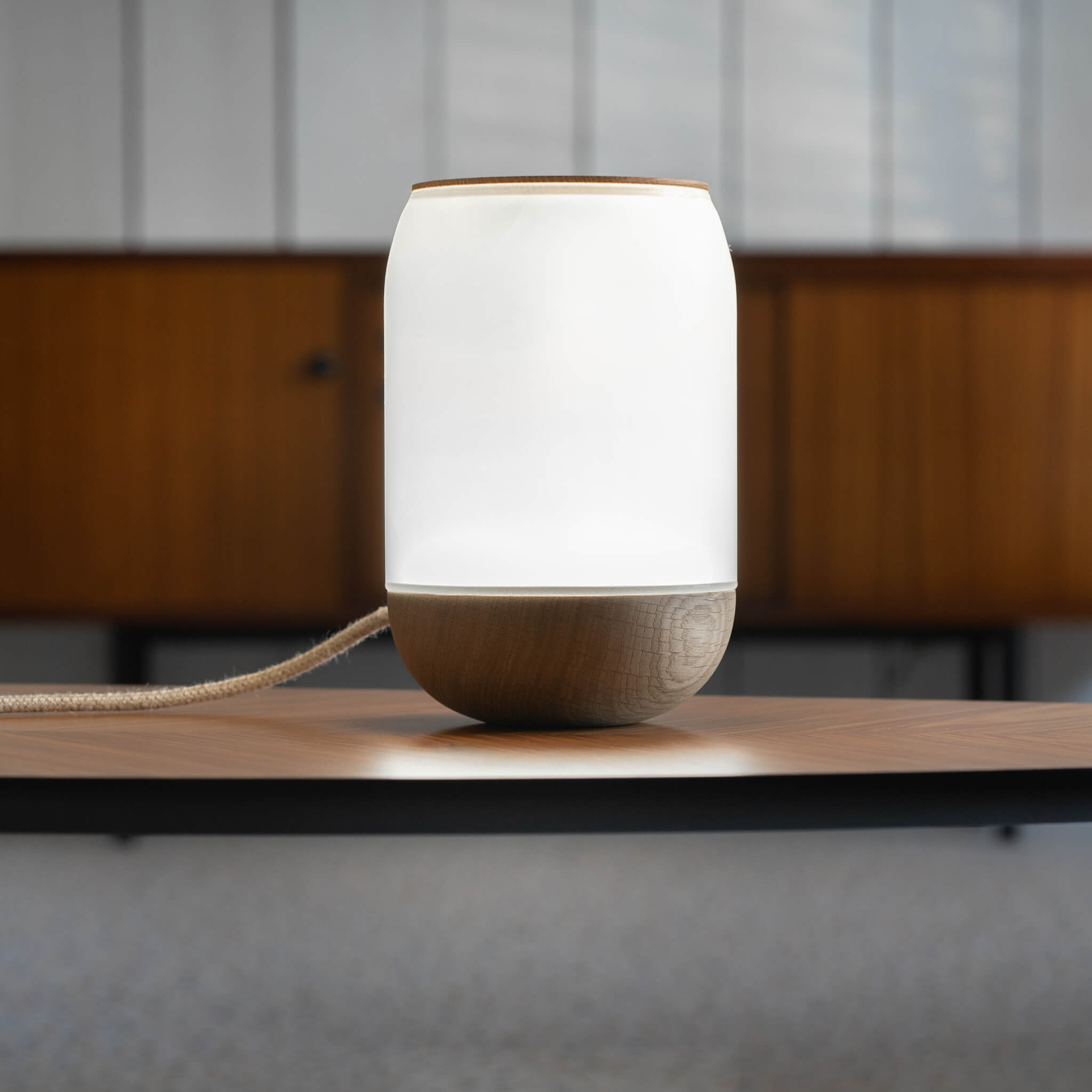
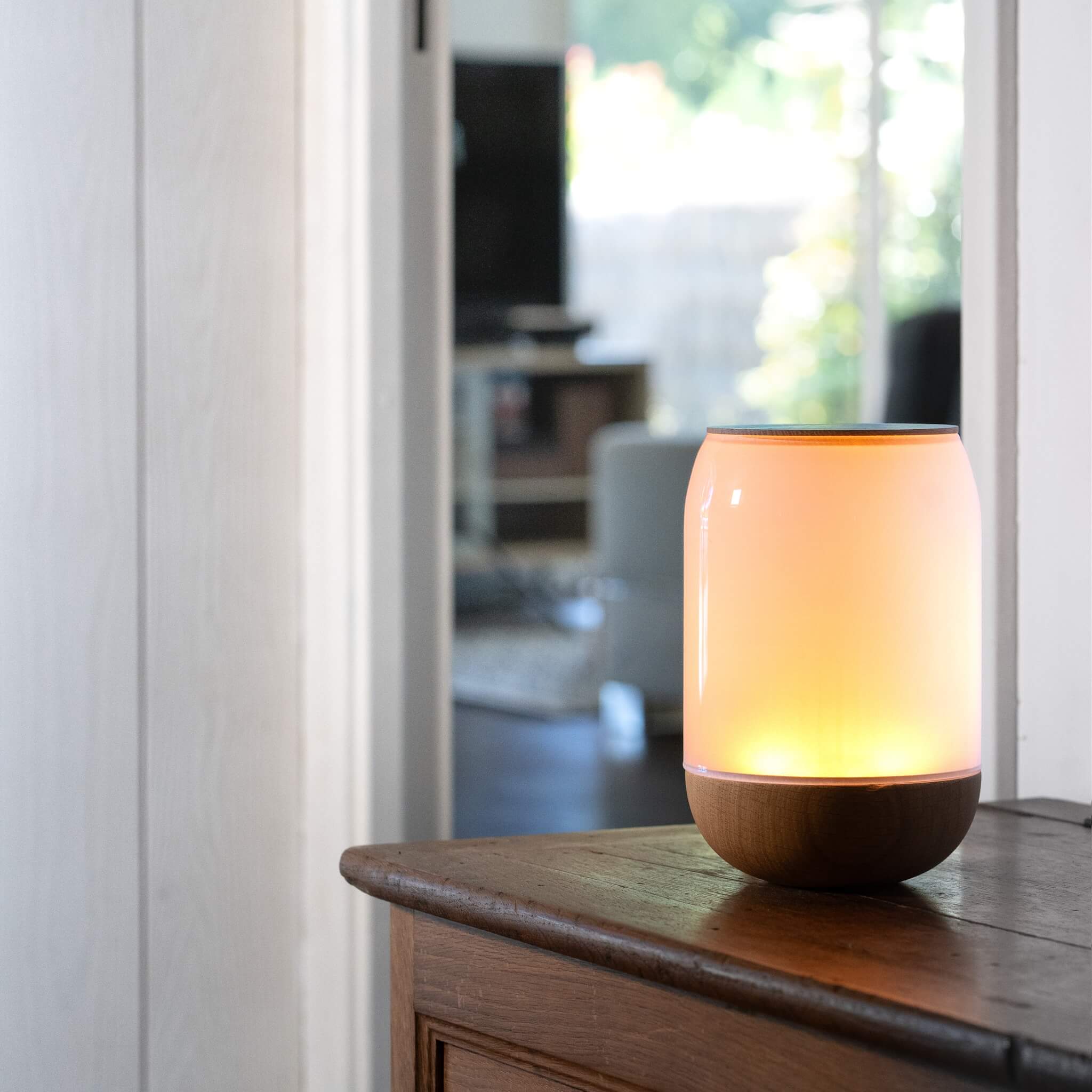
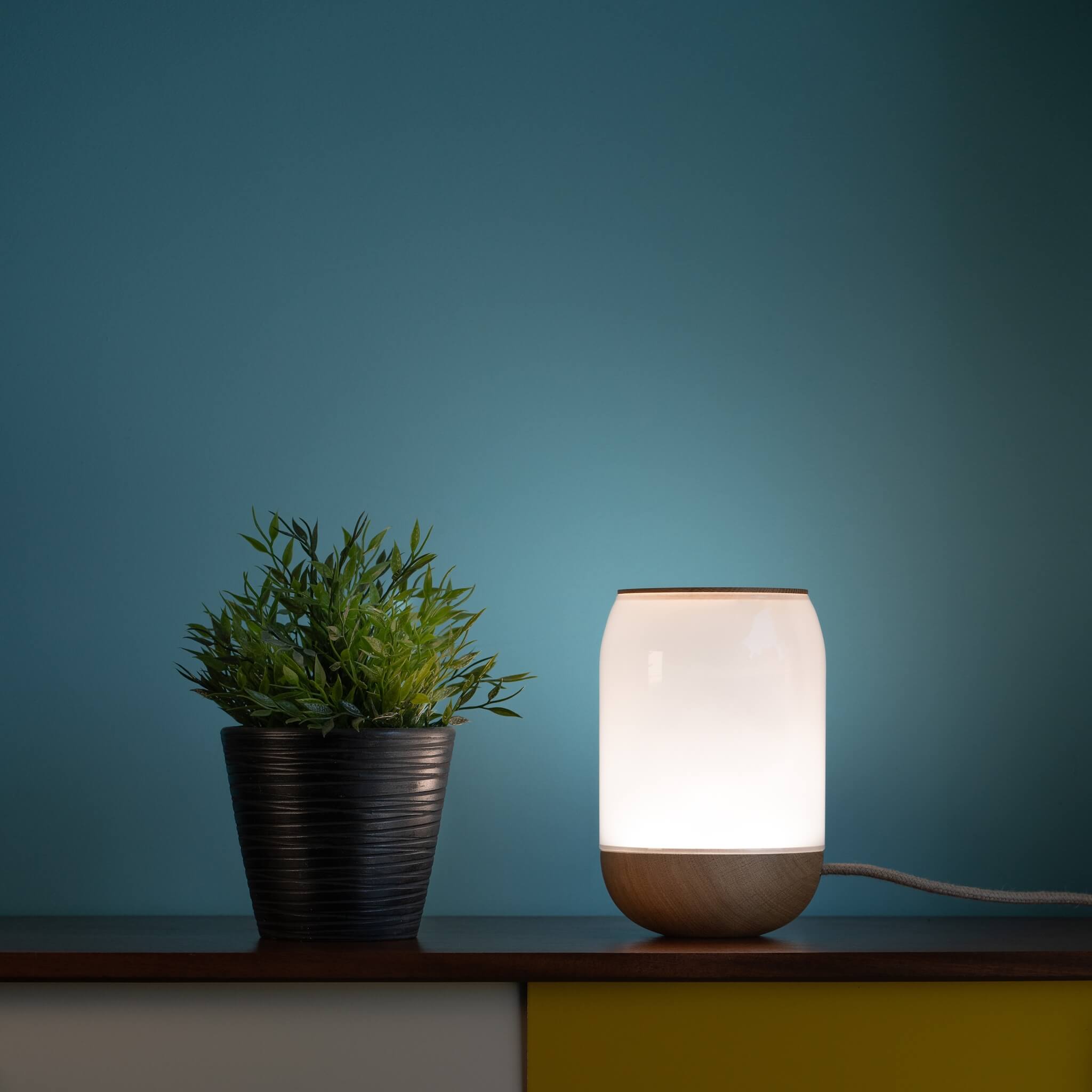
Leave a comment
All comments are moderated before being published.
This site is protected by hCaptcha and the hCaptcha Privacy Policy and Terms of Service apply.